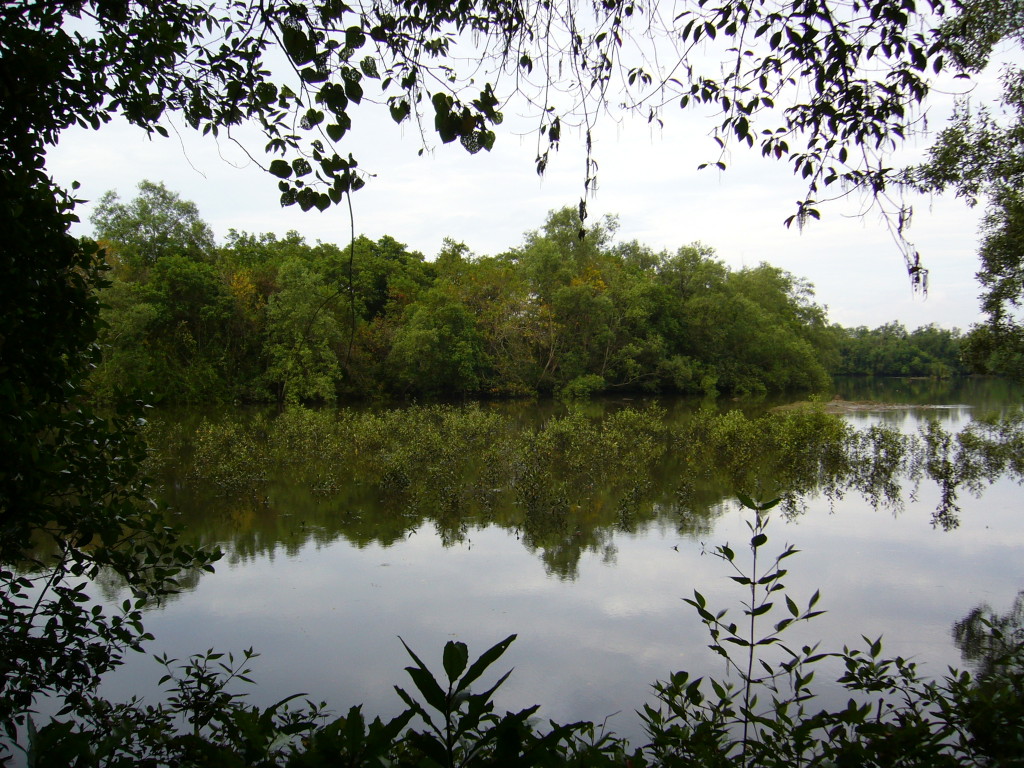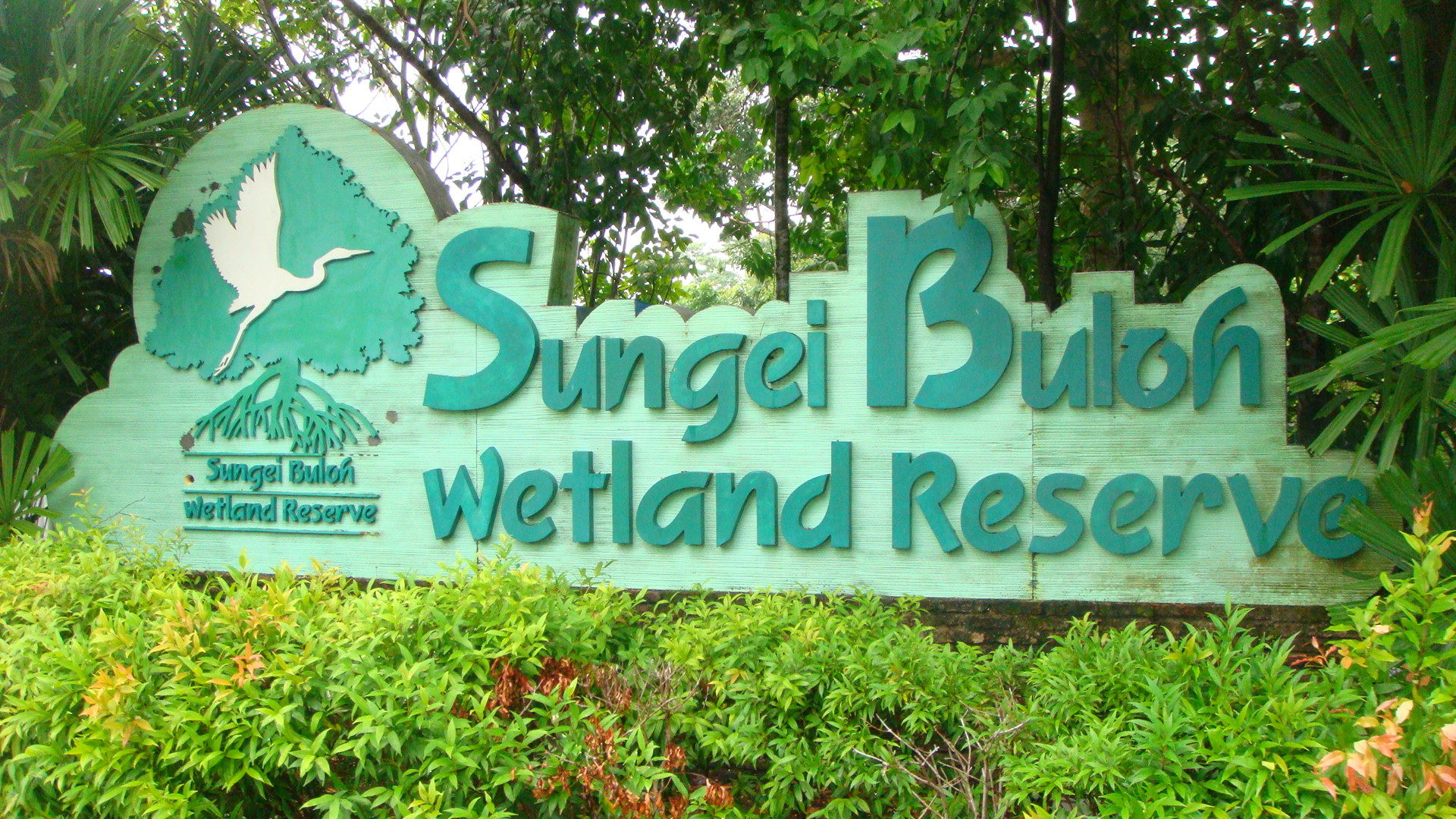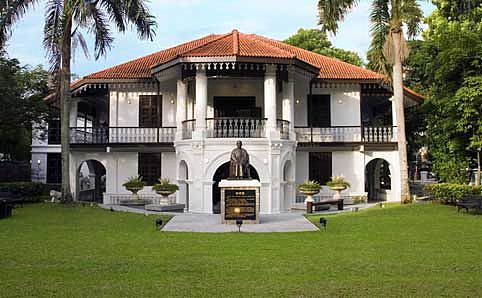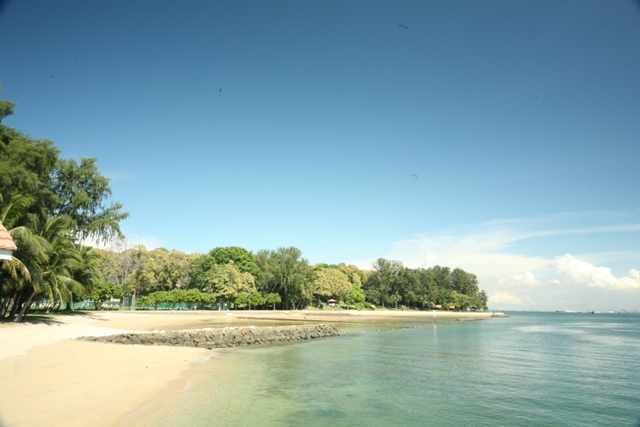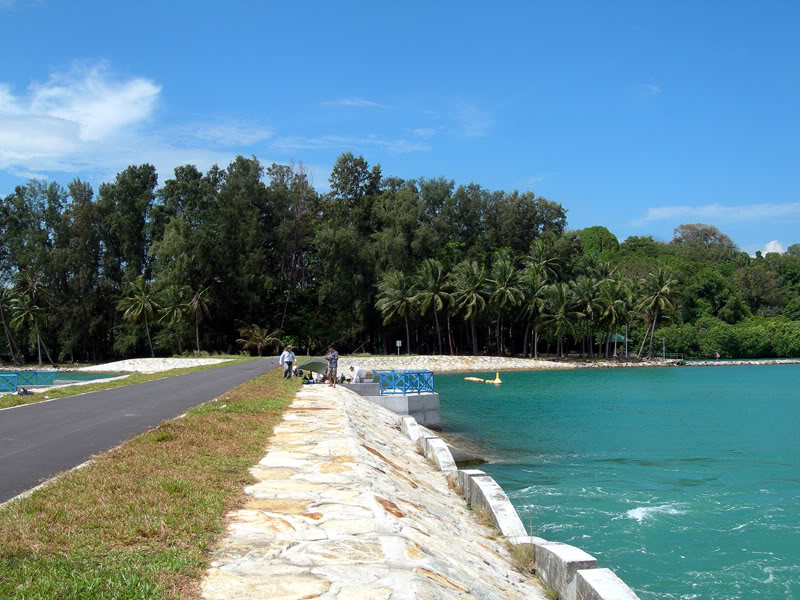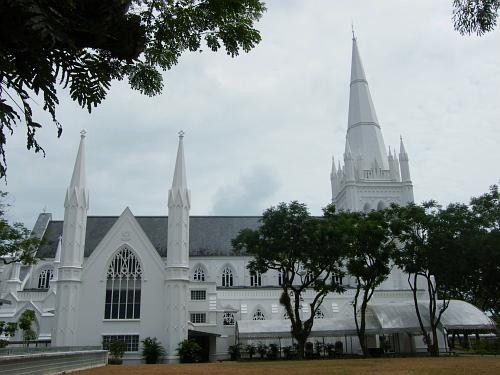Singapore /Singapore /Singapore
Sight Address : 301 Neo Tiew Crescent, Singapore 718925, Singapore.Edit
Detail InformationEdit
The Sungei Buloh Wetland Reserve (Chinese: 双溪布洛湿地保护区) is a nature reserve in the northwest area of Singapore. It is the first wetlands reserve to be gazetted in Singapore (2002), and its global importance as a stop-over point for migratory birds was recognised by the Wetlands International’s inclusion of the reserve into the East Asian Australasian Shorebird Site Network. The reserve, with an area of 130 hectares, was listed as an ASEAN Heritage Park in 2003. In 1986, a group of avid birdwatchers from the then Malayan Nature Society (Singapore Branch) stumbled upon this ecological jewel, and wrote a proposal to the government for its conservation. The 87-ha wetland site was subsequently designated as a nature park in 1989. The then Parks & Recreation Department, a precursor to the National Parks Board, undertook the development of Sungei Buloh, in consultation with experts in the field, notably, the Wildfowl & Wetlands Trust from the United Kingdom and Worldwide Fund for Nature. On 6 Dec 1993, Prime Minister Goh Chok Tong officially opened the Nature Park.
Over the years, the unique place that is Sungei Buloh charmed people from all strata of society to support its cause. It welcome its 100,000th visitor in 1994. In 1997, the Park found its corporate sponsor in HSBC, which set up the Sungei Buloh Education Fund in support of its nature outreach programmes. In 1999, Woodlands Secondary School became the first school to adopt the park. It was followed by Commonwealth Secondary School in 2001 and Hillgrove Secondary in 2002.
On 10 November, 2001, National Development Minister Mah Bow Tan announced that Sungei Buloh would be one of two parks to be gazetted as a Nature Reserve. On 1 Jan 2002, 130-ha of Sungei Buloh was officially gazetted as a nature reserve and renamed as Sungei Buloh Wetland Reserve to better reflect its status.
HistoryEdit
Previously unheard of as a nature area, the site gained prominence only in 1986 when a call was made to conserve the area by members of the Singapore Branch of the Malayan Nature Society. Particularly significant was its unusually high variety of bird species, which included migratory birds from as far as Siberia on their way to Australia to escape the winter months. Their suggestion was taken up by the government, and a site with an area of 0.87 km² was given nature park status in 1989. The Parks & Recreation Department, a precursor to today’s National Parks Board, developed and managed the nature park with a team of experts. The most notable names from the team included the Wildfowl & Wetlands Trust from the United Kingdom and World Wide Fund for Nature. Sungei Buloh Wetland Reserve, then known as Sungei Buloh Nature Park, was officially opened on 6 December 1993 by then Prime Minister Goh Chok Tong.Over the years, Sungei Buloh charmed people to support its cause. It welcomed its 100,000th visitor in 1994. In 1997, the Park found its corporate sponsor in HSBC, which set up the Sungei Buloh Education Fund in support of its nature outreach programmes. In 1999, Woodlands Secondary School became the first school to adopt the park. It was followed by Commonwealth Secondary School in 2001 and Hillgrove Secondary School in 2002. The latter two are still actively involved in the programme.The government formally announced on 10 November 2001 that the park would be accorded nature reserve status, a step that protects the area from any unauthorised destruction or alteration. The second phase of the park was opened, and the entire site of 130 hectares officially gazetted on 1 January 2002 as the Sungei Buloh Wetland Reserve. It is one of the four nature reserves to be gazetted. The others are Labrador Nature Reserve,[3] Bukit Timah Nature Reserve and Central Catchment Nature Reserve.
Must SeeEdit
Attraction
Visiting TimeEdit
Monday-Saturday 7:30 am – 7:00 pm
Sunday 7:00 am – 7:00 pm
Closed OnEdit
N.A.
Best Season to VisitEdit
June to July and November to December.
Best Time To VisitEdit
N.A.
Time Required for SightseeingEdit
N.A.
Ticket Required : Yes Edit
Individual National Adult : Free entry on weekdays
Sat, Sun & Public Holidays
$1.00 per adu
Kids : Free entry on weekdays Sat, Sun & Public Holidays $ 0.5o.
Individual Foreigner Adult : Free entry on weekdays
Sat, Sun & Public Holidays
$1.00 per adu
Kids : Free entry on weekdays Sat, Sun & Public Holidays $ 0.50
Still Photo Camera : N.A.
Video Camera : N.A.
Guide Required : No Edit
Approximate cost: N.A.
Dress Code (If Any) : No Edit
Dress Require: N.A.
Restaurants NearbyAdd / Edit
How to ReachEdit
Taxi : Taxis are generally very hard to get during peak hours (Mon-Fri 7:00am – 9:30am and Mon-Sat 5:00pm – 8:00pm) and on rainy days. If you are at a hotel, have conceirge call you a taxi. If you are out about town and have access to a cell phone- calling for a taxi will cut your wait time by 20 to 30 minutes. All taxis are fitted with meters; all are air conditioned; the majority of the taxis are 5-seaters; about 90% of taxis have radiophones; call booking is done via GPS or digital voice dispatch. All passengers must fasten their seat belts by law.
For taxi Booking fee is SGD $2.3. Minimum fare for taxi is SGD $3 for first 1Km. Fare above minimum fare until 10Km is SGD $0.55 per Km. Fare above 10Km is charge SGD $0.628 per Km. Taxi Waiting charges per hour is SGD $17.6. Peak Hours charges is diffrent.
Bus : Public buses run daily from 5.30am to midnight. Extended night services cost slightly more (a flat rate ranging from $1.50-$3.00). Otherwise, most fares depend on distance travelled and range from 67 cents to $1.58 for air-conditioned comfort (almost all public buses in Singapore have air-conditioning today). There are also “feeder” bus services that charge a flat rate of 67 cents. Each bus should not take more than 15 to 20 minutes to arrive at the bus stop.
Train : Singapore MRT system is very well connected to different parts of Singapore and very clean! If you have the time and plan to explore around little Sunny island, get the the Singapore Tourist Pass!
It runs 6am-12mn, fares start at S$1 (70cents in EZ link). Tickets can be purchased in all MRT stations. You just have to insert your money through the ticket machine. Rush hour’s usually 7am-9am, 11am-2pm and 4pm-7pm.
Air : Changi Airport is the country’s main airport. From the airport there are a number of ways to get into the city:
Taxi is easiest – simply follow the signs after clearing customs. Meters are always used in Singapore and prices are reasonable. A trip to the city during the day will be between $20-$30 including $3-5 airport surcharge. An additional 50% surcharge applies between midnight and 06:00.
Limousines charge a flat $50 to anywhere in the city and are a pretty good deal after midnight, as you can skip the queue and avoid the surcharge. The same pricing applies to chartering van-sized MaxiCabs, which are good for large families or if you have lots of baggage.
Shuttle – Shared six-seater MaxiCab shuttle service to designated areas/hotels costs $7 and can be booked in advance or in the arrivals hall. 6AM-2AM, every 15-30 min.
Subway – MRT trains run from a station between T2 and T3, but you’ll need to change trains at Tanah Merah to a city-bound train: just exit through the left hand side door and cross the platform. The 30 min ride to City Hall station costs $1.90 plus a refundable $1 deposit, and trains run 05:31-23:18.
Bus – Bus terminals can be found in the basements of T1, T2 and T3. 06:00-23:59 only. Fares are less than $2.00, exact fare required (no change given) if you pay cash.
Others : N.A.
Things to CarryEdit
Safety / WarningEdit
- Please be advised that all bags and personal items are subject to inspection.
HelplineEdit
- Police: 999
- Emergencies/Ambulance/Fire Brigade: 999
- Police Hotline: 1800 353 0000
- Non-emergency ambulance: 1777
- Flight Information (24-hours): 1800-542 4422
- Tourism Information (24-hours): 1800-736 2000
